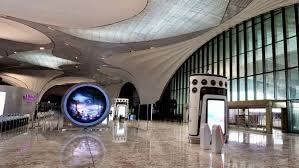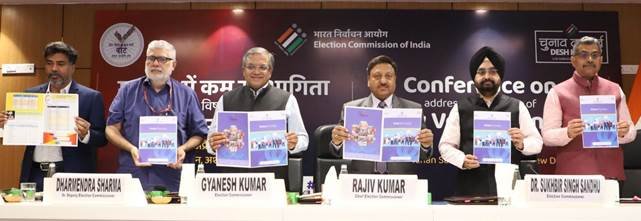Prime Minister Narendra Modi on October 8, 2025, inaugurated the first phase of the Navi Mumbai International Airport (NMIA), a landmark moment in India’s aviation history. Developed by the Adani Group under a Public-Private Partnership (PPP) model at a cost of ₹19,650 crore, NMIA is poised to decongest Mumbai’s existing airport and boost regional and international connectivity.
Spanning 1,160 hectares, the airport’s first phase includes a terminal and runway capable of handling 20 million passengers annually, while the fully completed project will accommodate 90 million passengers and 3.25 million metric tonnes of cargo per year. Designed to resemble a lotus, the terminal features 12 petal-like sculptural columns and 17 mega columns, along with 66 check-in counters, 29 aerobridges, 22 self-baggage drops, and 10 bus boarding gates.
Strategically located in Ulwe, 37 km from South Mumbai, NMIA will be India’s first airport accessible by water taxis, alongside high-speed rail, metro, highways, and road networks. PM Modi hailed the airport as a “glimpse of Viksit Bharat,” highlighting its potential to connect farmers in Maharashtra with markets in the Middle East and Europe, thereby creating significant economic opportunities. Commercial operations are expected to begin in December 2025, with airlines like IndiGo and Akasa Air ready to operate.
Alongside the airport inauguration, PM Modi also launched Phase 2B of Mumbai Metro Line-3, connecting Acharya Atre Chowk to Cuffe Parade, completed at a cost of ₹12,200 crore. He formally dedicated the entire ₹37,270 crore Aqua Line to the nation, emphasizing its transformative impact on urban transport. To complement this, the Prime Minister introduced the Mumbai One app, a digital platform offering integrated mobile ticketing across various modes of public transport, promising a seamless travel experience for the city’s residents.
This dual inauguration underscores India’s rapid progress in both aviation and urban mobility, reflecting a vision of enhanced connectivity, technological advancement, and economic growth.




